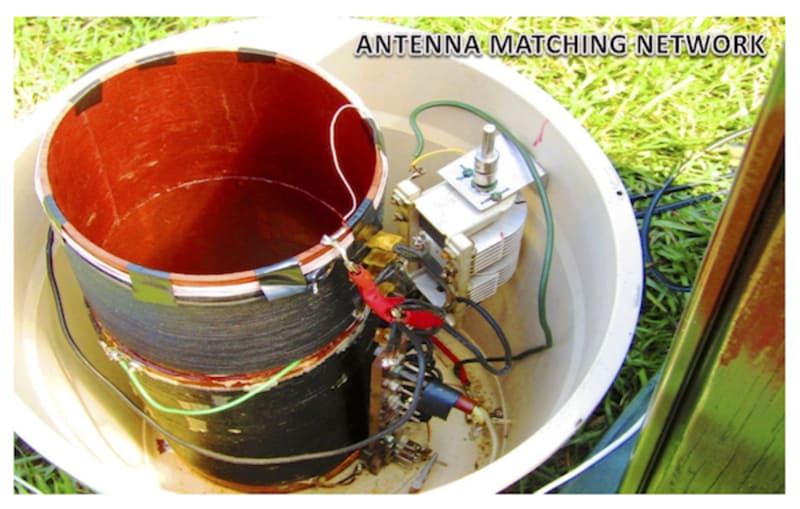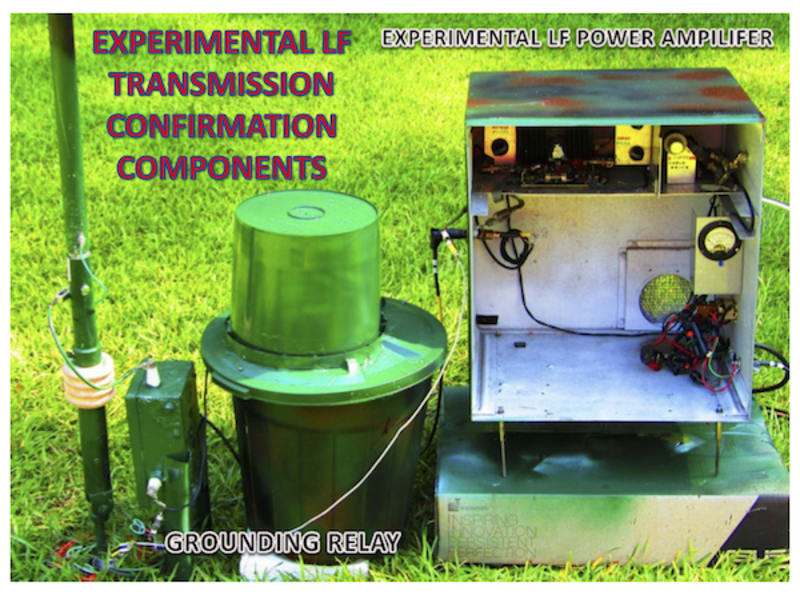Adversaries threaten multiple High Altitude EMP (HEMP) attacks initially sparing human life, crippling power, communications and High Frequency (HF) backup disaster response networks for hours. HEMP is less disruptive between surviving Low Frequency (LF) radio stations. HEMP response networks comprising small two-way low data rate LF relay stations similar to Air Force's retired 1970's Ground Wave Emergency Network are proposed to assure timely damage reports from the field critical to resources management. More, smaller, less expensive stations can also reuse existing HEMP protected HF transceivers.
Size, complexities, costs of LF terminals increase with decreasing frequency and ground wave communications distances decrease with increasing frequency. A sweet spot is currently unoccupied Aeronautical Navigation spectrum between 190 and 198 kHz, now retired high powered CONSOLAN. Spectrum below 190 kHz is also fraught with interference concerns of power transmission industry users. Secondary status 2 kHz 1 Watt Effective Radiated Isotropic Power, multi frequency, mode data channels between 191 and 197 kHz are recommended.
Benefiting from relevant FCC Part 15 LF experimentation, a normally grounded 50' vertical transmitting antenna is guyed by 4 double insulated lines and 8 25' top radials double insulated from support lines, angled 45 degrees from the mast. The station footprint is 50' radius, plus 24 buried 60' terminated wire radials. Antenna matching comprises a 6 or 12 inch diameter multiply tapped coil of approximately 330' of No. 12 200 kHz Litz wire, and tuning means. A 50 x 200 foot vertical loop without a ground radial system requires a 200 Watt transmitter. A costlier less efficient solution for urban locations is a 30' capacity hat vertical requiring 15-20 50' ground radials and up to 500 Watt transmitters.
A grade level 3' diameter grounded Faraday shielded balanced low capacity winding, self resonant receiving loop antenna is proposed, plane oriented vertical, rotatable in azimuth. Potentially novel protection incorporates powered iron and ferrite core materials for receiving antenna couplers, isolators and common mode suppressors of HEMP energy threatening always on LF receiving equipment.
Proposed novel radio equipment designs use dormant near instant heater vacuum tube 50 Watt output transmitting power amplifiers to block residual HEMP present on transmitting antenna cabling, preserving equipment readiness for attack response transmissions. Electronics comprise frequency stable HF radio transceivers connected to LF-HF or HF-LF converters also protected from HEMP over voltage by always on vacuum tube preamplifiers.
Realizable data throughputs increase with transmitter powers and linearity, as limited by and traded with less than 500 Hz transmitting antenna and receiver bandwidths necessary for efficient radiation. Ionosphere independent distances over good soil range from up to 100 miles for anticipated digital modulations, up to 200 miles for 20 WPM CW equivalents. Jammers are located rapidly by omnipresent aircraft radio directions finders.
Excepting LF receiving converters the proposed LF specific components are not commonly marketed. Preprototype performance confirmations and cost estimations are underway. Assuming acceptable LF station performances and the expected link distances, several hundred Government, Military and Industry Communicators could require equipment affording immediate, post HEMP critical communications.
Like this entry?
-
About the Entrant
- Name:Carl Lundgren
- Type of entry:individual
- Software used for this entry:No
- Patent status:none








